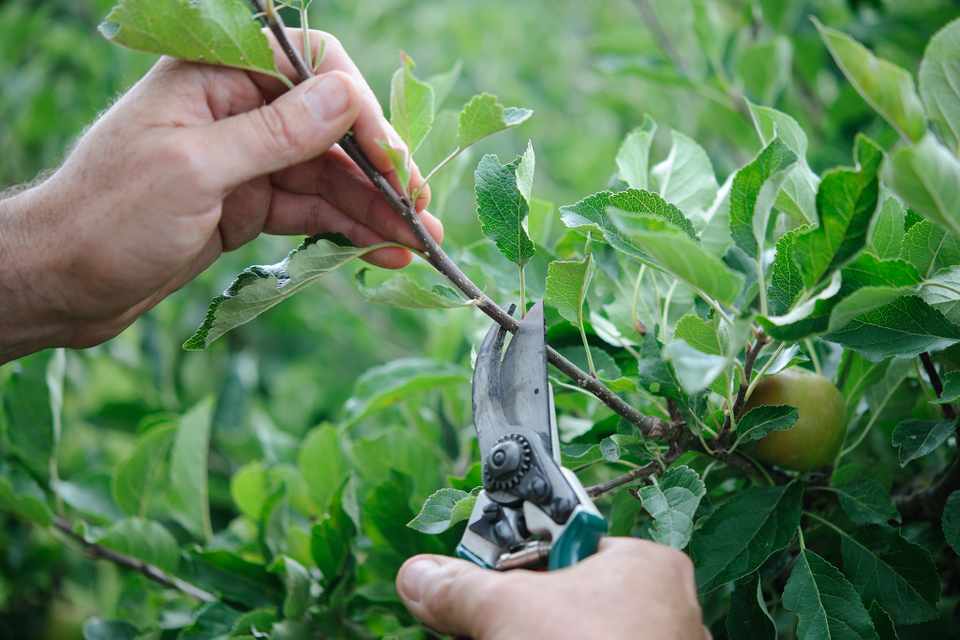The frantic pace of the holidays has a way of giving in to the quiet contemplation of mid-winter, making it a great time to settle in and nurture some spring projects. And the recent extremely cold weather certainly lends itself to incubation. Preferably indoors, under a pile of blankets, gardening magazines, and seed catalogs.
But if you’re itching to do some more active gardening this time of year, early February is an excellent time to do a bit of pruning. Let’s consider fruit trees. Specimens that are old enough to bear fruit require several things for good production. One of the most important is ensuring that plenty of sunlight reaches as much leaf surfaces as possible. Pruning can help with this and it is very easy to see the structure of your trees at this time of year. As you prune, aim for a gentle pyramidal shape. Most plants do this naturally as they grow. You’ll also want to remove any branches that have been damaged by storms or are rubbing against each other. Obvious water sprouts can be taken out as well. These are the whippy, vertically growing branches. And while you have those shears handy, remove any suckers coming from the roots that you can get at through the snow.
Check the branches of plum and cherry trees for Black Knot cankers. This fungus is a dark, bumpy growth on the stems. Prune out any of these cankers and 8-12 inches of growth below it. Be sure to disinfect your pruning tools by dipping the blades in rubbing alcohol or a mild bleach solution between cuts. You can also spray the blades with Lysol. It’s very important to do this between each and every cut to prevent spreading the infection to healthy parts of the tree.
We’ve finally got enough snow to provide winter insulation for this season, but this bonanza can allow for rodent damage. Rabbits, mice, and voles love young tree bark and can girdle a small tree overnight. If you see evidence of rabbits in your yard, consider wrapping the trunks of your young trees with paper tree wrap. There are many repellents on the market, as well as those methods used by our grandmothers. If you don’t see tracks, droppings or other signs of winter plant predators, try some of these. Human hair or strong smelling deodorant soap can be tied in bags made of old pantyhose and hung from the branches of your trees. If you see evidence of damage, don’t hesitate to break out the big guns with a granular repellent like Repels-All by Bonide.
And you can take advantage of any nice, sunny days that we might see later this month to do a little garden walk-about. The buds might be fattening up with the promise of spring. Most of the winter berries still have a lovely color. While you are saying hello to your plants, you can check for winter breakage, animal injury and potential insect problems. Don’t let anyone tell you different. A gardener’s work is never done.

